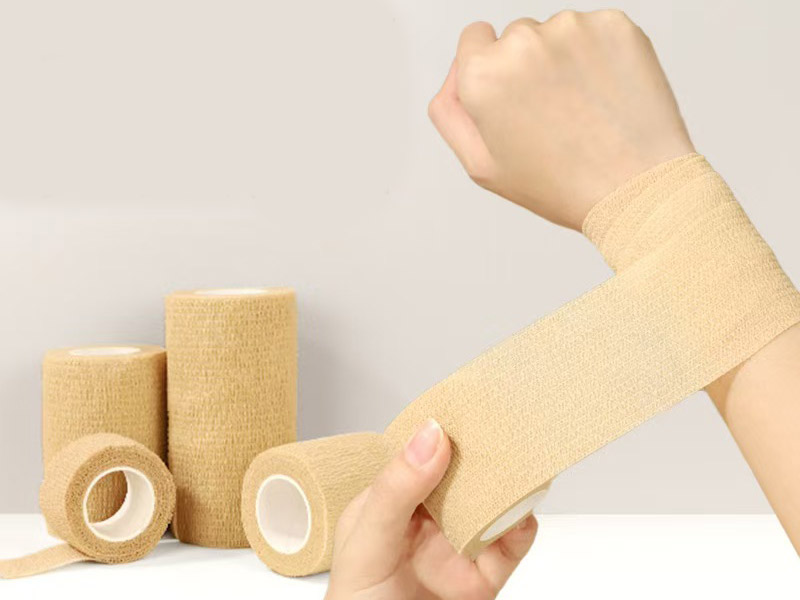Cohesive Taping Tips

Cohesive taping, often used in sports medicine and rehabilitation, can provide support and compression without sticking to the skin or hair. We share some tips of cohesive taping methods:
1. Choose the Right Tape
Width: Select a tape width that suits the area being taped.
Elasticity: Consider the elasticity based on the level of support needed.
2. Clean and Dry Skin
Ensure the skin is clean, dry, and free of lotions or oils to improve adhesion.
3. Proper Tension
Apply the tape with even tension. Too tight can restrict circulation; too loose may not provide adequate support.
4. Overlapping Technique
Overlap each layer of tape by about 50% to ensure full coverage and support.
5. Avoid Wrinkles
Smooth the tape as you apply it to prevent wrinkles, which can cause discomfort and reduce effectiveness.
6. Secure the Ends
Ensure the ends of the tape are securely applied to prevent peeling. You can anchor the tape with additional layers if needed.
7. Test Movement
After application, check the range of motion. The tape should provide support without restricting movement excessively.
8. Adjust as Needed
Be prepared to remove and reapply the tape if it feels uncomfortable or doesn’t provide the desired support.
9. Monitor Skin Condition
Check for any signs of irritation or allergic reactions after taping, especially for prolonged use.
10. Practice and Learn
Familiarize yourself with different taping techniques and patterns to find what works best for you or your clients.
By following these tips, you can enhance the effectiveness of cohesive taping for injury prevention and support.
